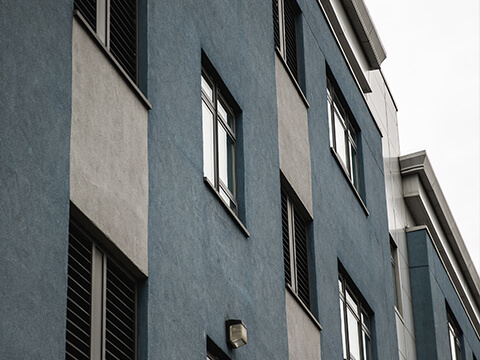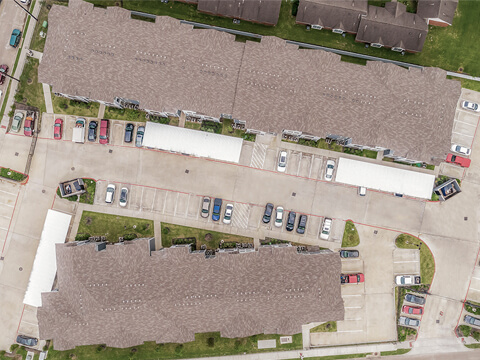 Lease deferments will help some facilities in the short-term while the interest on them will make property owners whole by the end of the year. It may feel like a strange time for investors to get excited about medical facilities given the industry’s difficulties as of late. Nevertheless, healthcare facilities are cash-strapped operating on the thinnest of margins as elective surgical treatments were on hold with patients at home, resulting in decreased revenue streams. But thanks partly to financing from the federal government – which calls for medical facilities to preserve staffing levels and continue to pay rent on their buildings, this commercial realty area is doing better than anticipated, and relatively few businesses have actually had problems meeting their rent commitments.
Lease deferments will help some facilities in the short-term while the interest on them will make property owners whole by the end of the year. It may feel like a strange time for investors to get excited about medical facilities given the industry’s difficulties as of late. Nevertheless, healthcare facilities are cash-strapped operating on the thinnest of margins as elective surgical treatments were on hold with patients at home, resulting in decreased revenue streams. But thanks partly to financing from the federal government – which calls for medical facilities to preserve staffing levels and continue to pay rent on their buildings, this commercial realty area is doing better than anticipated, and relatively few businesses have actually had problems meeting their rent commitments.
Many healthcare property managers remain upbeat, particularly when taking the long view. While there are a decent number of rent-deferment requests from tenants in April and May, the Paycheck Protection loan truly came through at a good time. That federal assistance helped many organizations get through tough times.
The tenants who are in REIT owned properties experienced less than 25% of rent-relief requests. Rent-deferment agreements are typically done on a case-by-case basis with a process to deal with the demands, and even providing loans when necessary. The lease deferments are done over two to three months and repaid throughout the year. Landlords are then able to make the rent back by the end of the year and charge a rate of return on that particular rent as well. In return, healthcare tenants get a break in the short-term, with the coming resumption of optional surgical procedures in the future.
Moving Forward
Of those organizations seeking deferrals, they are dealing with several obstacles to positive earnings again. Cancelled elective surgical treatments have affected critical care settings, and the pressure has trickled down into other treatment areas. Practices are returning to work and optional surgical treatments are returning, which could alleviate the problem in the short term. Whether there are further ramifications, is mainly based on whether there is a second wave of the virus. A clearer forecast will emerge within the next couple of months since reimbursements are usually delayed for 30-60 days.
Throughout the pandemic, successful healthcare property managers focused on partnership rather than negotiation. Companies have a lot of overhead to pay, so it is not a choice to merely forego accumulating rent. However, rent deferment has proven beneficial to both sides, as health care companies obtain the relief they need while the real estate owner expects to be made whole by year’s end.
The likely byproduct of the coronavirus pandemic will be an increase in industry consolidation. This trend was occurring long before it struck the U.S., with large health and wellness systems combining along with independent practices being acquired by larger entities. While there will certainly always be a demand for doctors, it is most likely that larger health systems will force independent operators out of business.
For owners that have physical properties of health centers and hospitals, changes are likely to happen. The top priorities will be restricting the amount of touchable surface areas, improving access to hand-sanitizer terminals, elevators that allow for social distancing, revised traffic-flow patterns in structures and stairwells, and perhaps mobile check-ins. The virus will continue to affect future building styles, with larger atriums and the ability to prescreen prior to entering the office.
There will likely be some businesses who do not make it, yet in real estate, the sector will be a winner.






